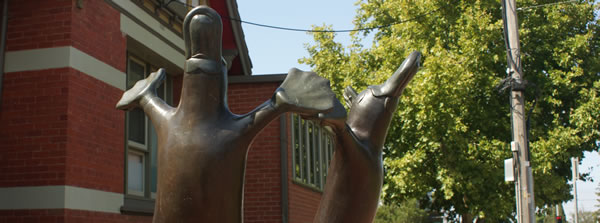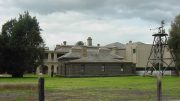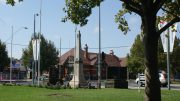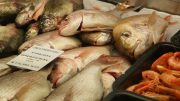The lands around Werribee were originally inhabited by the Wathaurong people, with the first European exploration being that of Hamilton Hume and William Hovell in 1824, although Matthew Flinders and his party had seen the flat plains on their visit up the You Yangs in 1802. Hovel and Hume had travelled overland from Sydney to explore the Port Philip area.

Hume advised the then Governor of NSW that the area would be good sheep grazing land, but the Governor was not interested in the area, despite petitions by entrepreneurs John Batman and J.T. Gellibrand who also explored the area around 1835 when they explored the areas around the what is now Port Phillip Bay.
The first people of European stock to settle in the area was in the mid 1830s and during the late 1840’s a Scotsman called Thomas Chirnside who had large areas of land in western Victoria started taking up land in the Werribee area. Along with his brother Andrew they ended up owning 93000 acres in and around Werribee. In the 1850’s they built a bluestone homestead at Point Cook followed by what is regarded as Victoria’s finest colonial homestead, today known as the Werribee Park Mansion in the mid 1870s.
Originally called Wyndham after Scottish soldier Sir Henry Wyndham the town was renamed Werribee after the river in 1909. The name Werribee is said to come from a local Wathaurong aboriginal word meaning the spine or backbone, which described the lovely curve of the River.
The Geelong to Melbourne railway line opened up Werribee in 1857 and made it easy for goods to be shipped in and out of the town. Market gardening and grazing soon followed.
By the World War One the aviation industry made the region an important asset, with aviation instruction being held at Point Cook, then in 1921 the RAAF establishing its first base in the area. After the war many ex-servicemen and women settled in the area and Royal Australian Air Force Bases were set up at Point Cook, Laverton and later at Avalon towards Geelong and became important centres for the World War II war effort, training, housing aircraft, munitions and having runways ready to protect Australia.

Werribee today is a major satellite city and fast becoming connected with Melbourne, with many people commuting daily to the city for work either by road or rail. Science and technology is one of the bigger employers in the Werribee region . It is home to many technical centres including, the Melbourne Board of Works farm researches sewerage treatment and helps water and fertilize much of the surrounding farmland. The Animal Research Institute, University of Melbourne’s Veterinary Science School and CSIRO.




